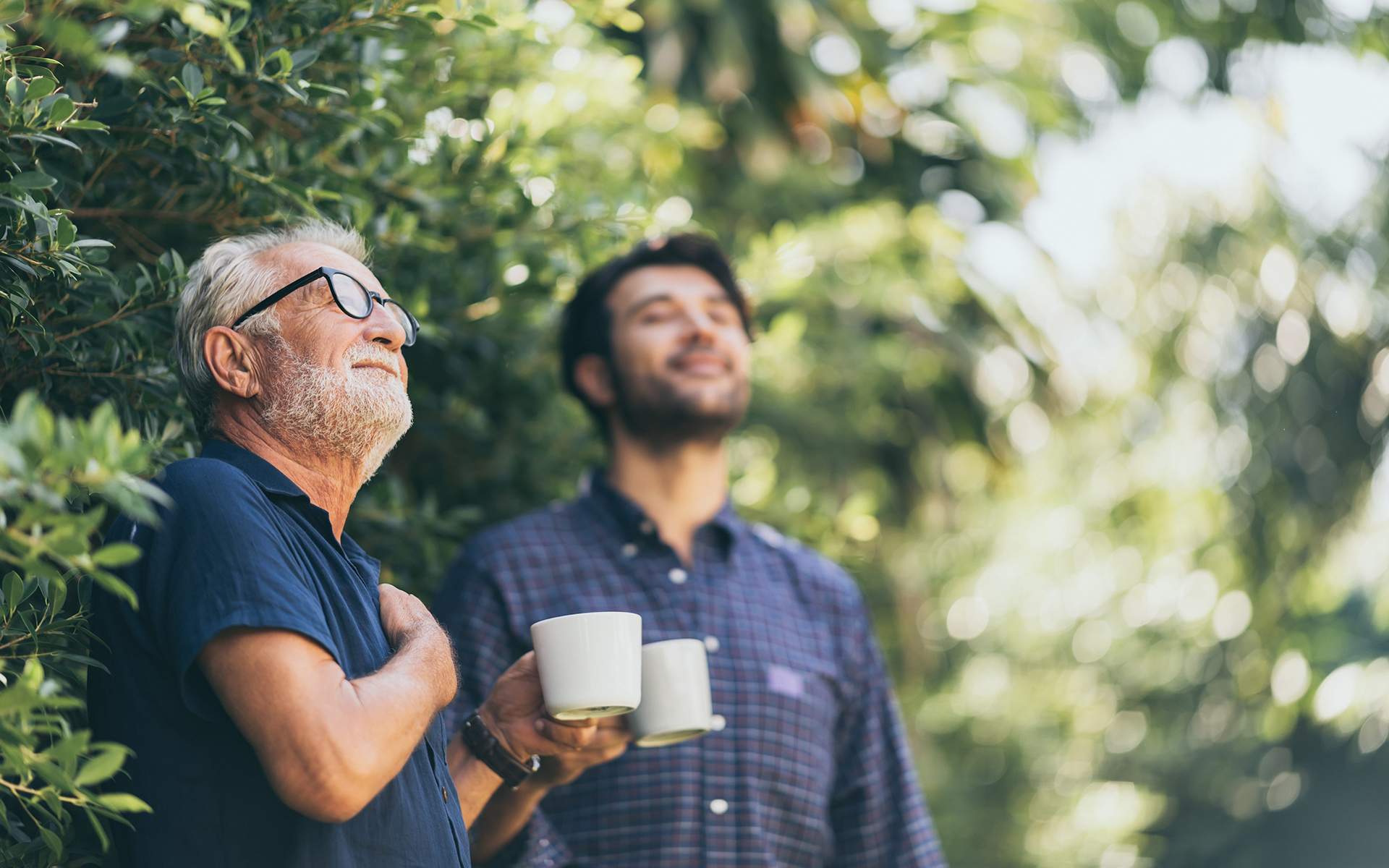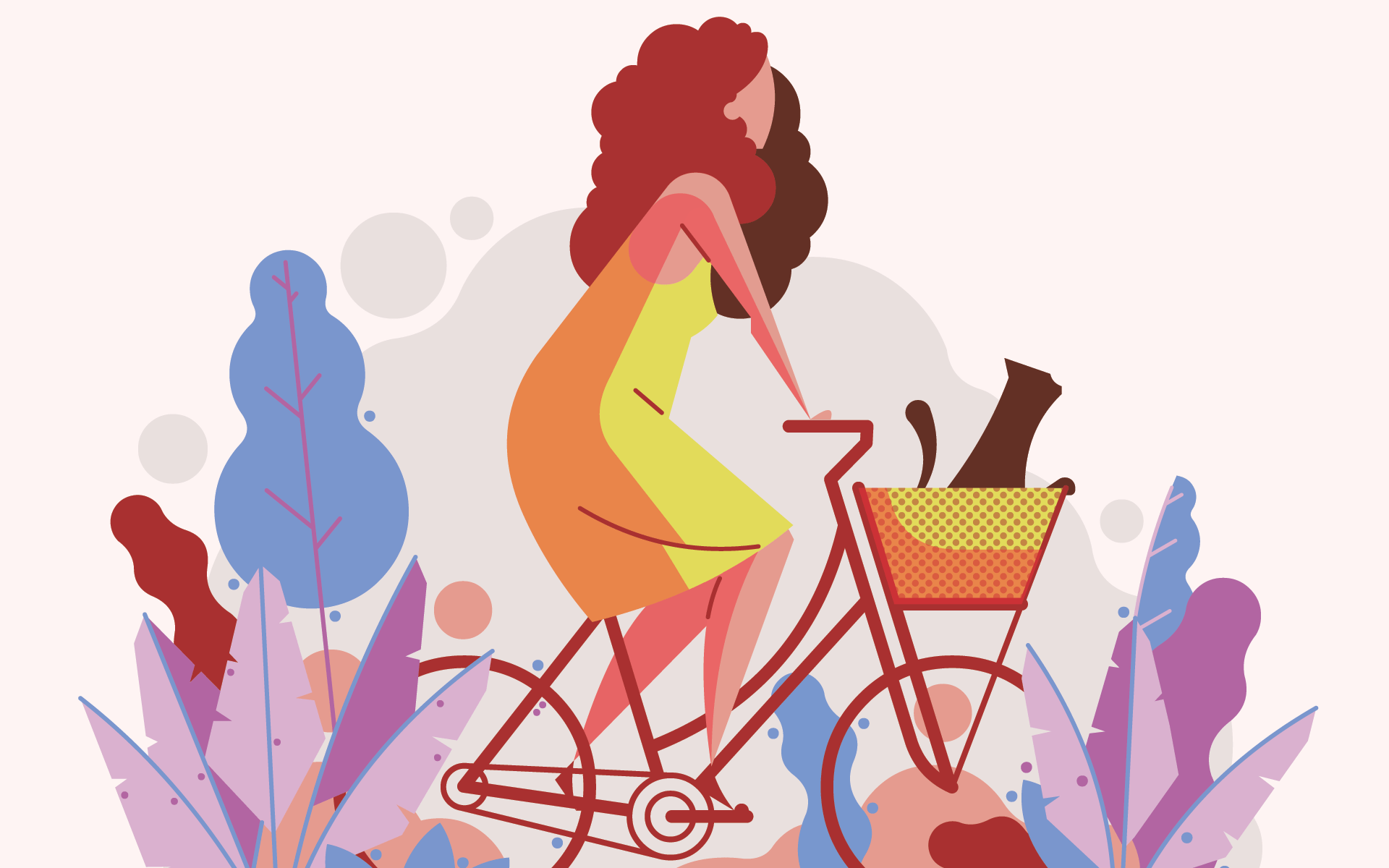It was an ordinary day. Midafternoon, I took my dog for her usual walk around the block, mind on remedies for the writing class I was to teach that evening. While I was known for the community that usually formed in my classes, this semester was an exception. I had already tried several strategies for bringing the students together, but so far nothing had worked.
In those days—before mindfulness was mainstream—I was always worried about something: my teaching, an essay I was writing, my granddaughters, my garden, a recent conversation with a friend. It didn’t take much to turn the anxiety faucet on, and once flowing, it could pull most areas of my life into its current.
About halfway around the block that afternoon, I happened to glance down and notice a dried sycamore leaf curled gracefully on the pavement. It wasn’t the first time I’d seen a dried sycamore leaf. Giant sycamores line the verges of our Berkeley neighborhood. But that afternoon, instead of just noticing, I stopped to appreciate. The leaf looked so beautiful, poised in its balletic position, curled gracefully upward, its stem extending for several inches, rooting it on the sidewalk. I stood for several minutes noticing the leaf’s fragility, its crispness, its delicacy. Then I continued my walk around the block. When I arrived home 10 minutes later, I realized that the happiness that had infused me as I gazed at the sycamore leaf was still with me. I had stopped worrying about my class—and nothing else to feel anxious about had taken its place. This is quite amazing, I thought. I’ve never experienced anything like this before. Something so small sustaining my happiness. In an instant, I realized that I might inadvertently have discovered something important. Transformative! And I decided to try to replicate my experience.
It was the small moments of unexpected beauty that sent a rush of happiness through me. Moments that I discovered on my own and that I might have previously rushed past.
I was so excited that in a flash I had a name for what I had done, and made a commitment to practicing small for an entire year. And since I’m a writer, I decided to write about my experiences. That was the beginning: an ordinary day on a routine walk that suddenly morphed into the portal to a new way of living my life.
I began my practice by tuning in whenever I noticed something beautiful. I quickly realized that it wasn’t spectacular beauty that made me the happiest.
Instead, it was the small moments of unexpected beauty that sent a rush of happiness through me. Moments that I discovered on my own and that I might have previously rushed past. It might be a bit of rust on a pipe, a smudge on the sidewalk, a flower petal cradled in a leaf, raised grain on a piece of weathered wood, the graceful drape of a curtain in a living room, the gentle curve of a ceramic bowl.
Turn Toward Beauty
I had certainly never been blind to the beauty of small moments. And I had most definitely savored them before. But the afternoon I noticed the dried sycamore leaf, and stopped to admire it, turning away from the subject of my anxiety towards this tiny object of beauty right in front of me, something shifted. I was able to take in fully what I was seeing. Gazing at the leaf, it was as if I had sipped a happiness elixir that spread throughout me.
From small moments of physical beauty, I expanded my practice to small moments of experience. First, I decided that instead of several Thanksgiving dishes in one evening, I would concentrate on the cranberry sauce, taking time to notice everything I could about the cranberries themselves and then about the cooking process. I wasn’t disappointed. From all the shades of the berries—pink, red, mauve, apple, claret, scarlet—and the variations of round and oblong, to the way the berries morphed from hard, tight fruit, popping open from the heat, to a thick, deeply colored sauce that bubbled in the pot, by the time the sauce was prepared, I had experienced a high mass of sound, smell, color, texture, and taste.
I discovered one of my richest sources of joyful experience in moments of contact with other people. It wasn’t long conversations with close friends that filled me with happiness, though of course I enjoyed those. Instead, it was fleeting and unexpected connections. One day, as I was headed down the block to the local greengrocer, a woman coming toward me on the sidewalk stopped and said, “I love the colors you’re wearing today.” Another day, a man invited me in line ahead of him in the supermarket. “You shouldn’t have to wait for me. I have much more in my cart than you do.”
I realized that practicing small had allowed me to become a much happier person.
By this time, I knew how to pay attention to the sense of well-being that burbled up within me, giving myself time to absorb these moments so they diffused their good vibrations throughout my mind, body, and spirit. I’d even realized that I could call up these experiences throughout the day to enhance my mood or help me over a rough spot. In fact, over the months, I began practicing small to keep myself from falling into the familiar pits of anger, loneliness, and depression. Now, if somebody hurt my feelings, I knew to conjure up a small moment from a day or two earlier to transmute those very negative feelings into something else. If during a phone call, my mother criticized me unfairly, for example, instead of choosing to dive into my usual quagmire of sadness and loneliness, I’d choose instead to think back to the past week, recall a moment of joy, and sink into that. If I got a rejection from a magazine where I had submitted some writing, rather than choosing to begin my litany of self-criticism, I chose instead to conjure up my last success and hold on to that for several minutes, letting the positive feelings—not the darkness—take up my inner space.
At some point—I don’t recall when—I realized that practicing small had allowed me to become a much happier person. The technique I had discovered quite by chance was having a profound effect on my life. First, I had a strategy for navigating the pull of my former negative feelings. And even more astonishing, those negative feelings arose much less frequently. What had been a way of being for me trailed further and further behind in my past, while the present in which I lived was more and more filled with light.
About a year after my practice of small began, I spotted a book one day in my acupuncturist’s waiting room: Hardwiring Happiness: The New Brain Science of Contentment, Calm, and Confidence. Hmmm, I thought, maybe that’s what I’ve been doing. I picked the book up and began reading, excited that neuroscience revealed the mechanisms behind my practice. The brain is plastic, and we can rewire our neural pathways. By practicing small, I was generating the moments the brain needs to rewire itself. Even better, I thought, I was proactive in my own rewiring. I didn’t have to wait for something good to happen; I could create the good on my own. Best of all, I felt more connected to people— those I knew and those I encountered fleetingly—than I had ever thought possible. And in those moments of beauty, connection, uplift, and pleasure, my relationship with the world was altered for the better.
READ MORE
Feeling Grateful for the Small Things
It’s not always easy to notice the good — practicing gratitude can provide a small resting place for hope to flourish in our hectic lives.
Read More
A Practice for Cultivating Moment-to-Moment Gratitude
This 12-minute body scan and breath awareness practice integrates relaxation, mindfulness, and gratitude. Cultivating the ability to notice what arises in our field of awareness—pleasant or unpleasant—with sustained attention.
Read More
Sparking Joy: A Mindfulness Practice for Everyday
Joy is a capacity we all have that can be trained and developed—It is a primary component of psychological well-being, encompassing moments of appreciation, enduring contentment, and a sense of confidence and gratitude.
Read More









